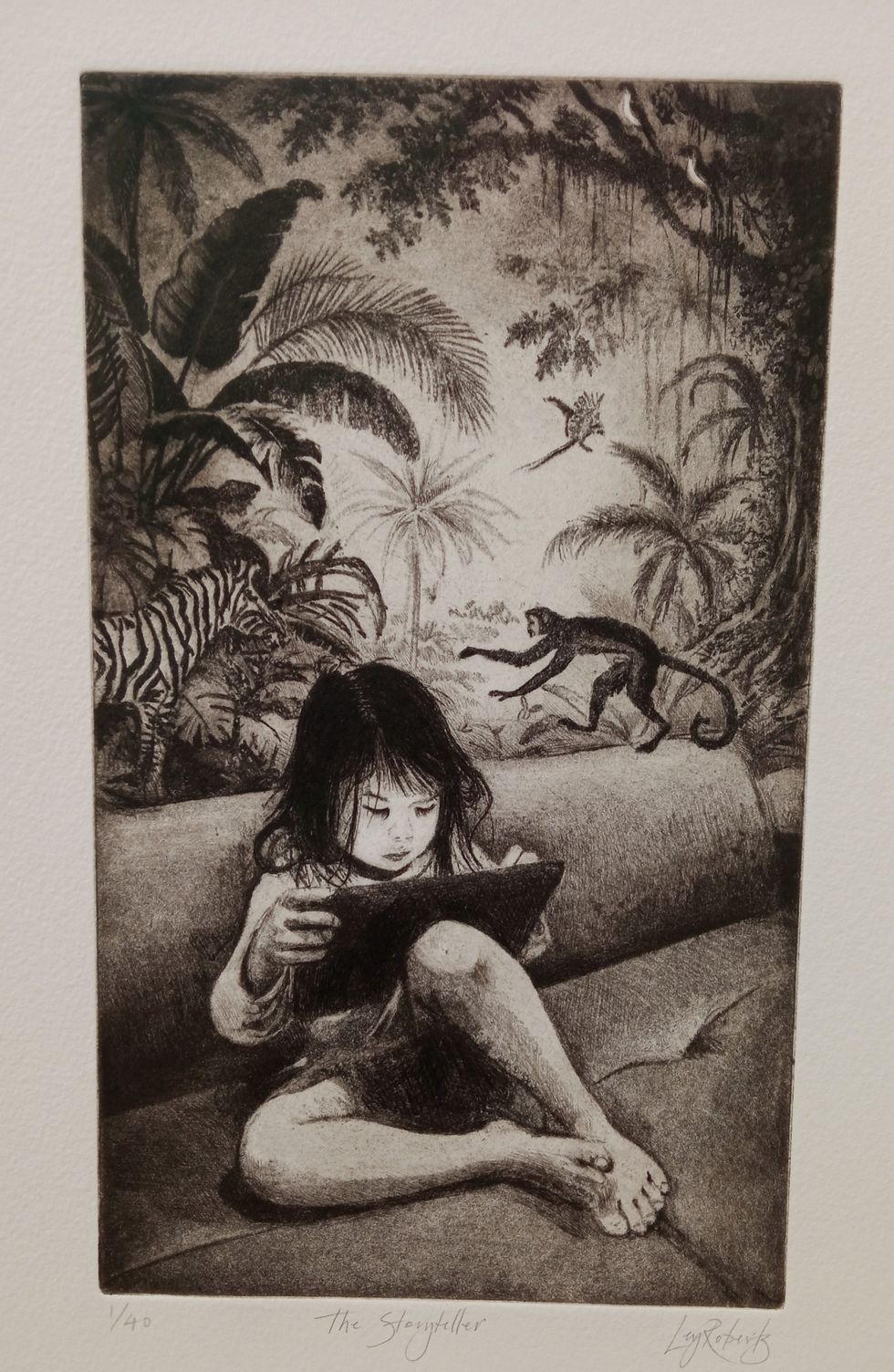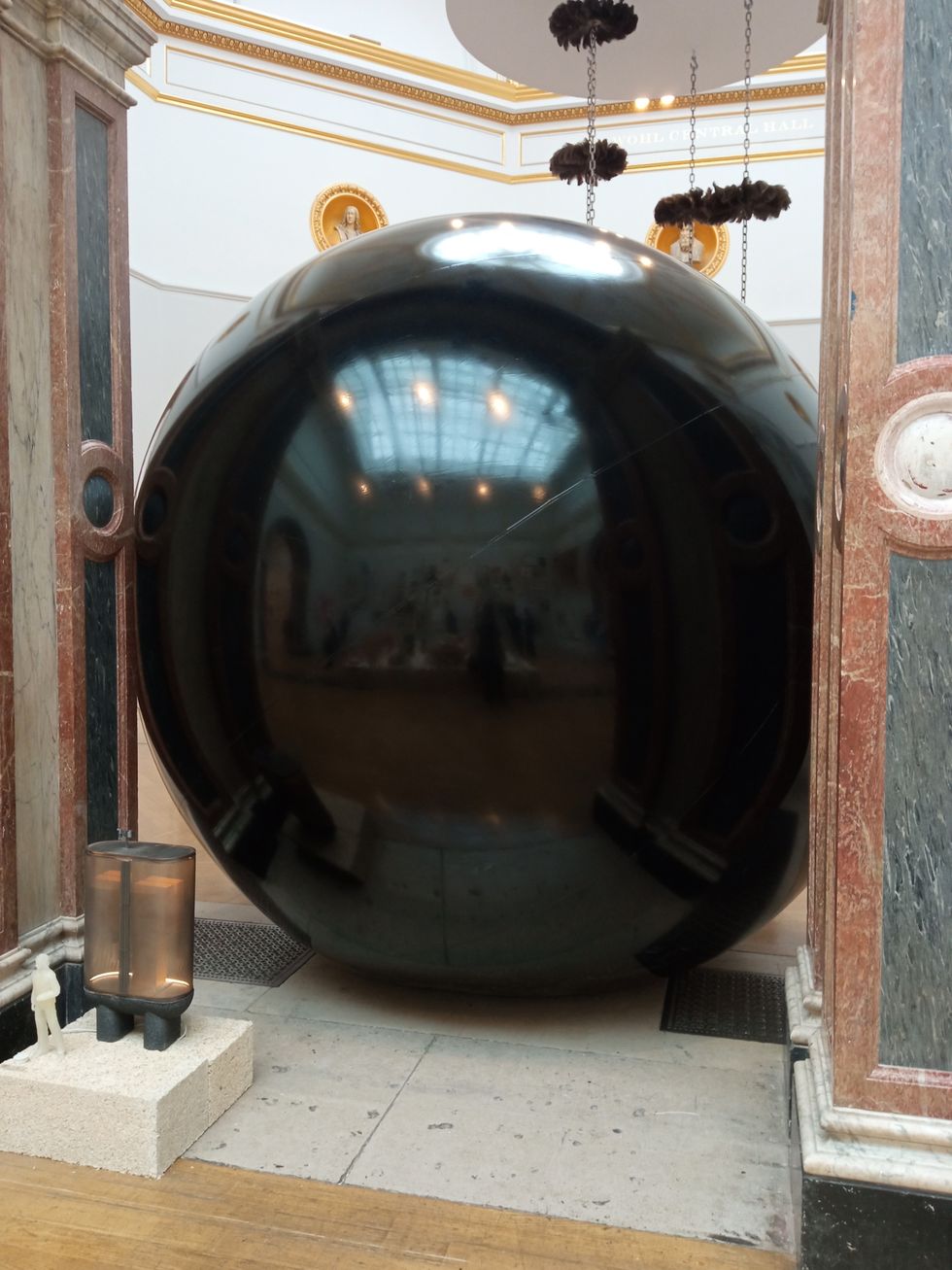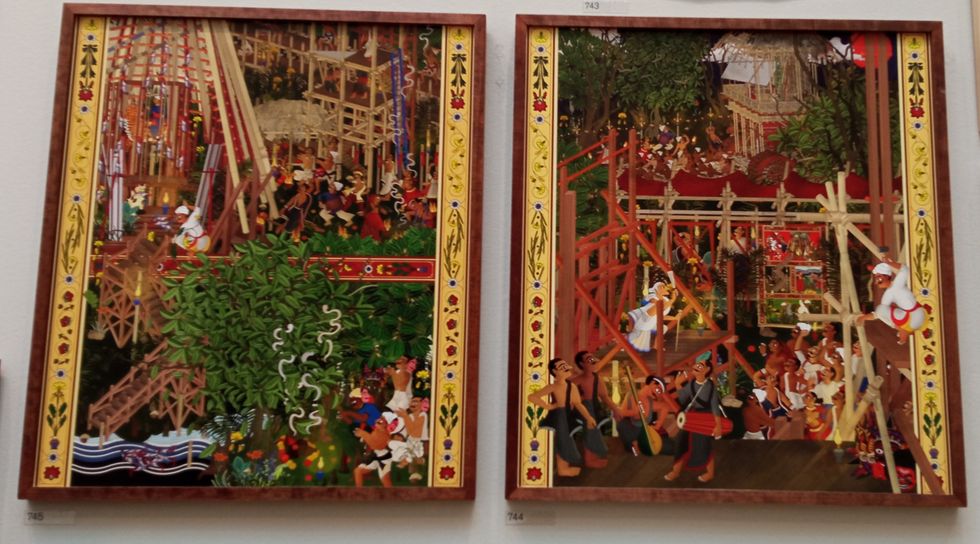CAPTAIN Pat Cummins said Tuesday (28) that cricketers were "not robots" with Australia's Twenty20 team struggling in India straight after their 50-over World Cup triumph.
Seven of the Australia squad who won the World Cup remained in India for a five-match T20 series that started four days after the November 19 final.
A second-string India side won the first two matches and reports in Australia say that six of the seven are now set to return home.
Ben McDermott, Josh Philippe and Chris Green were among reinforcements being sent to relieve the flagging World Cup heroes, the reports said.
With a busy home summer of cricket looming, including Test series against Pakistan and the West Indies, Cummins acknowledged the burden on the players, some of whom have been playing in India since September.
"They're humans, they're not robots," he told reporters at the Sydney Cricket Ground.
"Putting everything into a World Cup and then playing a couple of days later -- I probably don't begrudge them if they're not at 100 per cent."
The skipper added: "These are still games for Australia and it's great that these tours do provide opportunities for some of the younger guys, or guys who might not be in the first eleven.
"I think these are important tours and you can get a lot out of them."
Veteran opener David Warner, who was withdrawn from the T20 squad on the eve of the India series, is set to bid farewell to Test cricket after the Pakistan series.
Warner's Test spot has been in doubt after a lean run of red-ball form, but the 37-year-old was Australia's leading scorer at the World Cup with 535 runs.
Cummins said Warner was "hitting the ball beautifully at the moment".
"He wasn't just playing for himself out there, he would go and take the game on, be really brave and really take it to the opposition," he said of Warner's displays in India.
The first Test against Pakistan starts on December 14 in Perth before the Boxing Day match in Melbourne. The third and final Test will be at Warner's home Sydney Cricket Ground from January 3.
(AFP)
















 Beyoncé halts Cowboy Carter show after flying car nearly tips over crowd in HoustonGetty Images
Beyoncé halts Cowboy Carter show after flying car nearly tips over crowd in HoustonGetty Images 
 The Story Teller by Ley Roberts
The Story Teller by Ley Roberts Summer Exhibition coordinator Farshid Moussavi, with Royal Academy director of exhibitions Andrea Tarsia in the background
Summer Exhibition coordinator Farshid Moussavi, with Royal Academy director of exhibitions Andrea Tarsia in the background An installation by Ryan Gander
An installation by Ryan Gander A sectional model of DY Patil University Centre of Excellence, Mumbai, by Spencer de Grey
A sectional model of DY Patil University Centre of Excellence, Mumbai, by Spencer de Grey Rituals and Identity and Theatre of Resistance by Arinjoy Sen
Rituals and Identity and Theatre of Resistance by Arinjoy Sen
